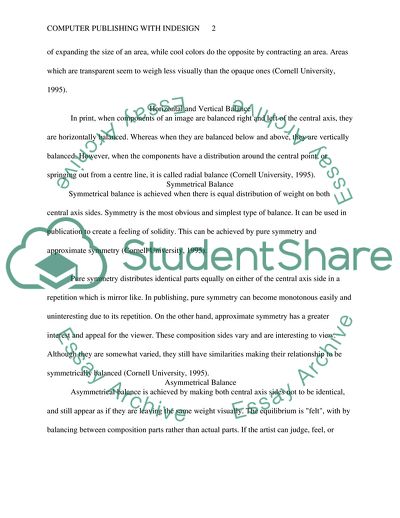Cite this document
(Compuer Publishing with Indesign Report Example | Topics and Well Written Essays - 1500 words, n.d.)
Compuer Publishing with Indesign Report Example | Topics and Well Written Essays - 1500 words. https://studentshare.org/information-technology/1768345-compuer-publishing-with-indesign
Compuer Publishing with Indesign Report Example | Topics and Well Written Essays - 1500 words. https://studentshare.org/information-technology/1768345-compuer-publishing-with-indesign
(Compuer Publishing With Indesign Report Example | Topics and Well Written Essays - 1500 Words)
Compuer Publishing With Indesign Report Example | Topics and Well Written Essays - 1500 Words. https://studentshare.org/information-technology/1768345-compuer-publishing-with-indesign.
Compuer Publishing With Indesign Report Example | Topics and Well Written Essays - 1500 Words. https://studentshare.org/information-technology/1768345-compuer-publishing-with-indesign.
“Compuer Publishing With Indesign Report Example | Topics and Well Written Essays - 1500 Words”. https://studentshare.org/information-technology/1768345-compuer-publishing-with-indesign.


